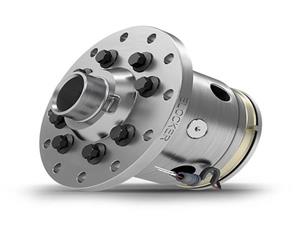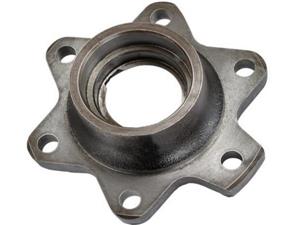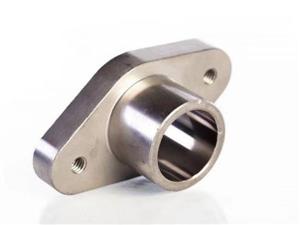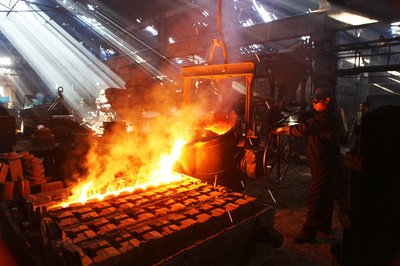Causes and Prevention Measures of Crack Defects in Castings
Castings have always had an advantage in the use of casting workpieces due to their own advantages, and the usage of castings has been rising, which just shows the vigorous development of the foundry industry. The advantage of casting products is that it is a near-type product, which can be used directly or with a small amount of processing, which is convenient and reduces processing costs. At the same time, the surface finish of the casting is high, which improves the grade of the product.
However, no matter what kind of casting method, there will be defects such as cracks, so we must strictly prohibit them in our usual work and take corresponding measures to prevent them.
When casting, it is necessary to fully consider the factors affecting the liquid and solid shrinkage of the casting, such as the structure, shape, size, wall thickness and transition of the casting, and select appropriate process parameters to prevent casting defects such as shrinkage cavity and porosity. The design of the gating and riser system of the casting should be reasonable. If technological measures such as cold iron are to be adopted, the placement position should be reasonable, so as to ensure the compactness of the internal structure of the casting and avoid stress concentration as much as possible.
During the smelting process, try to reduce the content of harmful elements such as P and S, and reduce the content of N, H, O and other gases and inclusions. By using a low-phosphorus steel master alloy, a good effect can be achieved.
By properly prolonging the holding time of castings in the sand mold, it is mainly to control the unpacking temperature below 70°C to ensure that the castings fully complete the liquid and solid shrinkage in the sand mold and avoid stress concentration caused by external factors.
During the sand cleaning process of castings, it is strictly forbidden to water the sand mold and castings when boxing, and it is strictly forbidden to use strong external force impact methods such as hitting the box to avoid cracks caused by the interaction between external force and internal stress of castings.
According to the casting conditions, select the appropriate thermal cutting riser process method to ensure that the initial temperature of thermal cutting is not lower than 300 °C. During operation, the gas cutting torch and oxygen blowing tube adopt vibration cutting. After the gas cutting of important parts, cover the gap with asbestos cloth or enter the furnace for heat treatment in time. For castings with complex structures and special technical measures such as upper crowns and axial flow blades, secondary thermal cutting is used.
For precision castings, we must pay attention to preventing cracks in our work. Once cracks appear, some can be reworked and repaired, and some can only be scrapped directly. No matter what happens, it will cause huge economic losses, so we must intervene predictably. way waste.





